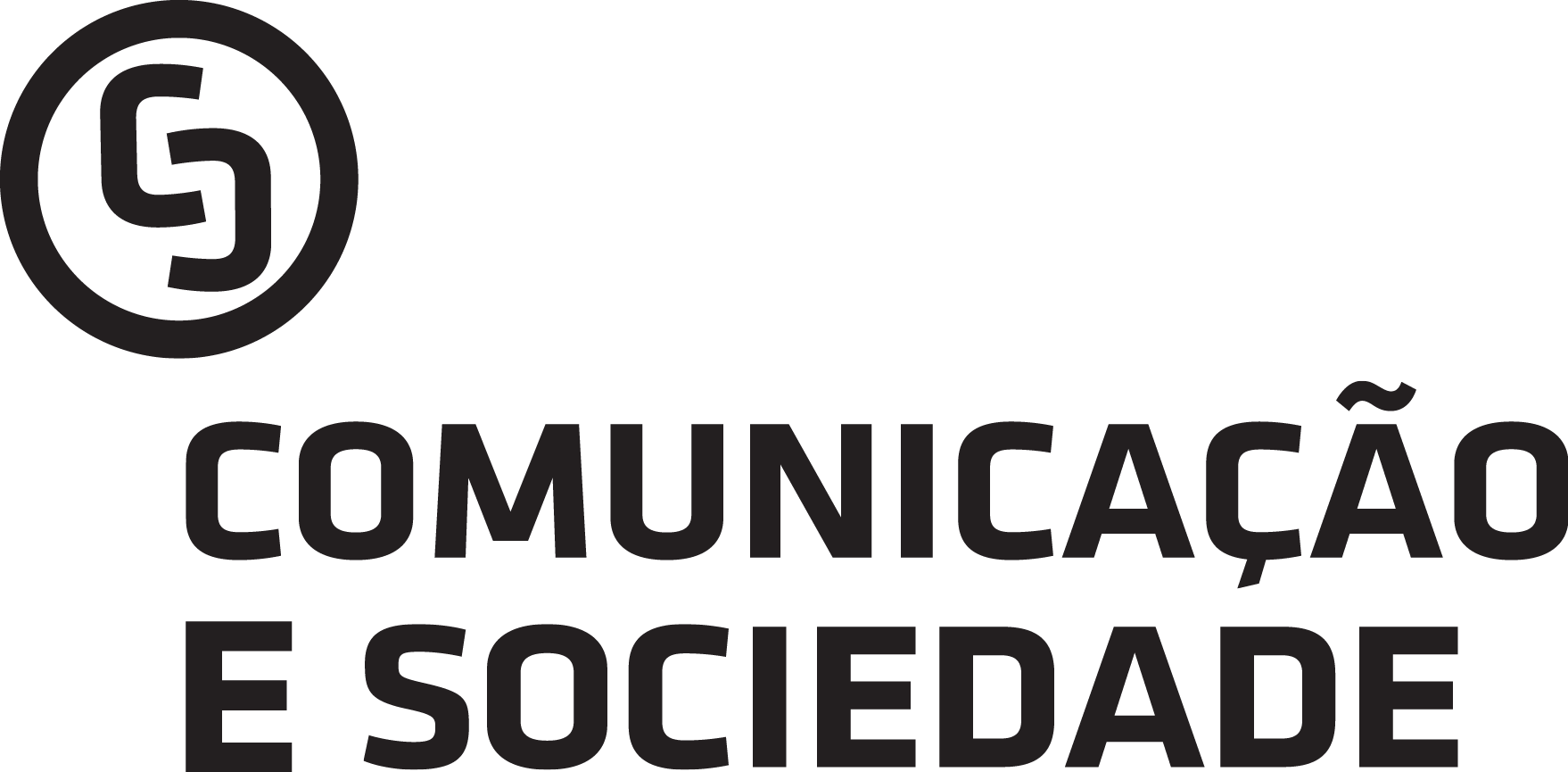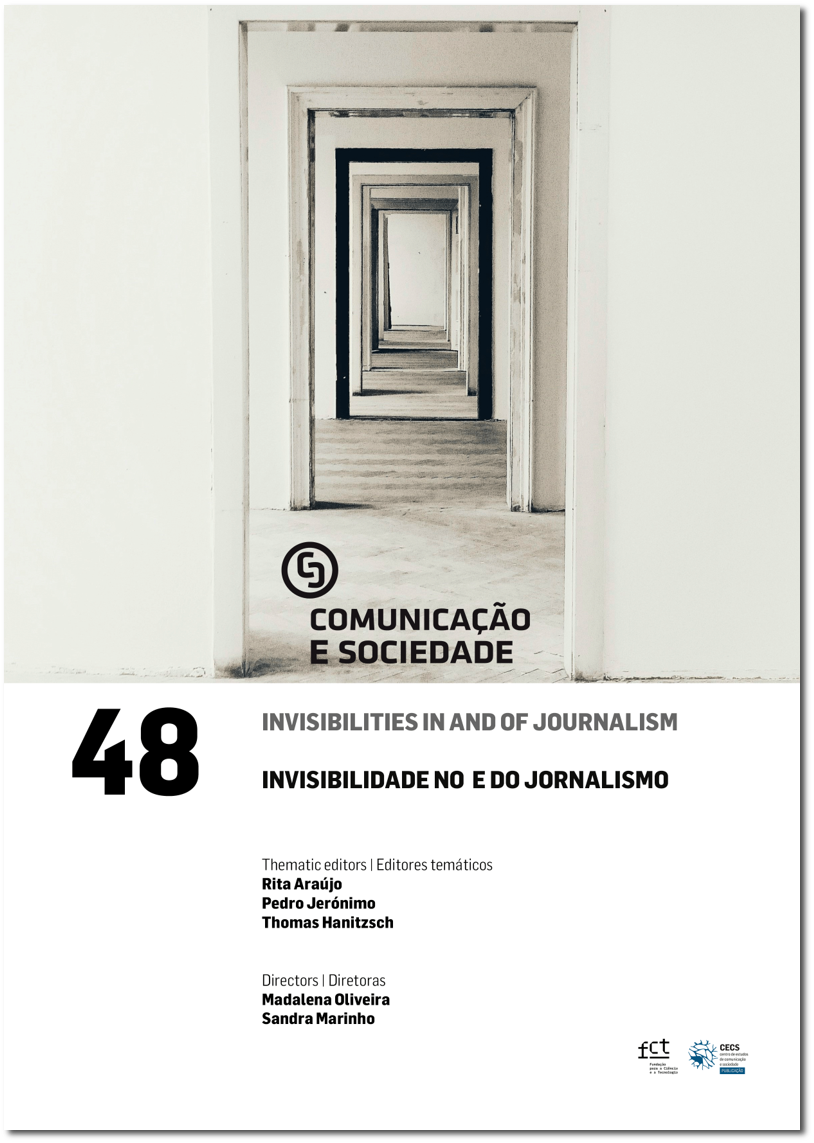Architecture and Branding: Heritage as an Element of Corporate Identity in Universities
DOI:
https://doi.org/10.17231/comsoc.48(2025).6304Keywords:
architecture, university, corporate identity, branding, institutional communicationAbstract
This study examines the role of architecture in shaping the corporate identity of universities designated as “UNESCO World Heritage Sites”. The objective is to assess how these institutions utilize their architectural heritage in institutional communication, particularly through their official videos, to reinforce their image and values. To this end, a qualitative methodology is employed, based on audiovisual discourse analysis, adopting the heritage quotient model, which allows for the examination of five key dimensions of heritage brands: trajectory, longevity, values, symbols, and history as identity.
The analysis of institutional videos from the University of Coimbra, the National Autonomous University of Mexico, and the University of Alcalá confirms that architecture is not merely a functional space but also a symbolic resource that conveys prestige, continuity, and institutional legitimacy. It is observed that the prominent architectural spaces featured in institutional videos serve as key elements in the construction of university identity and their heritage branding strategy. Ultimately, the research concludes that architecture is a strategic asset in the institutional communication of heritage universities.
Downloads
References
Abellán-García Barrio, A. (2023). Mundos posibles poéticos: El caso de Patria, el pueblo, la novela, la serie. Catarata.
Alzate, R. del P., Martínez, N., & Tirado, C. (2002). Teoría y práctica del video institucional [Graduate work, Universidad de La Sabana]. Intellectum Repositorio Universidad de la Sabana. http://hdl.handle.net/10818/6264
Balmer, J. M. T., & Gray, E. R. (2003). Corporate brands: What are they? What of them? European Journal of Marketing, 37(7/8), 972–997. https://doi.org/10.1108/03090560310477627
Blombäck, A., & Brunninge, O. (2009). Corporate identity manifested through historical references. Corporate Communications: An International Journal, 14(4), 404–419. https://doi.org/10.1108/13563280910998754
Bonet, A. (2014). La arquitectura y el urbanismo de la universidad. CIAN-Revista de Historia de las Universidades, 17(1), 23–30.
Campos, P. (2000). La arquitectura de la universidad. Historia de la Educación, 19, 207–224.
Capriotti, P. (1999). Planificación estratégica de la imagen corporativa. Editorial Ariel.
Costa, J. (1977). La imagen de empresa: Métodos de comunicación integral. Ibérico Europea.
Coulson, J., Roberts, P., & Taylor, I. (2014). University trends: Contemporary campus design. Routledge. https://doi.org/10.4324/9781315757209
Dias, P. (1988). A arquitectura manuelina. Livraria Editora Civilização.
Forgan, S. (1989). The architecture of science and the idea of a university. Studies in History and Philosophy of Science Part A, 20(4), 405–434. https://doi.org/10.1016/0039-3681(89)90017-4
Foroudi, M. M., Balmer, J. M. T., Chen, W., & Foroudi, P. (2019). Relationship between corporate identity, place architecture and identification: An exploratory case study. Qualitative Market Research: An International Journal, 22(5), 638–668. https://doi.org/10.1108/QMR-03-2017-0076
Kirby, A. E., & Kent, A. M. (2010). Architecture as brand: Store design and brand identity. Journal of Product & Brand Management, 19(6), 432–439. https://doi.org/10.1108/10610421011085749
Lowenthal, D. (1985). The past is a foreign country. Cambridge University Press.
Milán Fitera, J. (2017). Propuesta explorativa para el análisis temático de vídeos institucionales de universidades en la era digital. In J. Sierra Sánchez & M. C. San Román (Eds.), En el punto de mira: Investigaciones sobre comunicación en la era digital (pp. 125–134). McGraw-Hill.
Olins, W. (1991). Identidad corporativa. Celeste.
Olins, W. (2008). The brand handbook. Thames & Hudson.
Piskunova, E. (2020). Establishment of the university system in France during the reign of Napoleon I: Goals and the results. Mezhdunarodnye Otnoshenija, 2, 8–26. https://doi.org/10.15688/jvolsu4.2020.2.1
Rivera, J. J. (Ed.). (2016). Universidad de Alcalá: Patrimonio de la humanidad. Servicio de Publicaciones de la Universidad de Alcalá.
Rodrich Portugal, R. (2012). Fundamentos de la comunicación institucional: Una aproximación histórica y conceptual de la profesión. Revista de Comunicación, 11(1), 212–234.
Serra Desfilis, A. (2012). Bolonia y la definición de un tipo en la arquitectura universitaria europea. In L. E. Rodríguez-San Pedro Bezares & J. J. Polo Rodríguez (Eds.), Imagen, contextos morfológicos y universidades. Miscelánea Alfonso IX (pp. 19–38). Ediciones Universidad Salamanca. http://hdl.handle.net/10550/40112
TV UNAM. (2017, December 6). UNAM la universidad de la nación – Video institucional [Video]. YouTube. https://www.youtube.com/watch?v=8VGgHcOO8TM
UNESCO World Heritage. (n.d.). Campus central de la Ciudad Universitaria de la Universidad Nacional Autónoma de México. Retrieved July 9, 2025, from https://whc.unesco.org/es/list/1250
UNESCO World Heritage Centre. (n.d.). UNESCO World Heritage Centre—World heritage list. Retrieved July 9, 2025, from https://www.whc.unesco.org/en/list/
Universidad de Alcalá. (2011, February 11). Universidad de Alcalá [Video]. YouTube. https://www.youtube.com/watch?v=kYq6PqFgLvQ
Universidade de Coimbra. (n.d.). Sobre nós. Retrieved July 9, 2025, from https://www.uc.pt/sobrenos/historia/
Universidade de Coimbra. (2021, July 18). Vídeo institucional Universidade de Coimbra (PT) [Video]. YouTube. https://www.youtube.com/watch?v=8mXbhKpsjQo
Urde, M., Greyser, S. A., & Balmer, J. M. T. (2007). Corporate brands with a heritage. Journal of Brand Management, 15(1), 4–19. https://doi.org/10.1057/palgrave.bm.2550106
Wilson, R. G. (2014). The University of Virginia and the creation of the American campus. CIAN-Revista de Historia de Las Universidades, 17(1), 59–79.
Downloads
Published
How to Cite
Issue
Section
License
Copyright (c) 2025 Íñigo Urquía Uriaguereca

This work is licensed under a Creative Commons Attribution 4.0 International License.
Authors own the copyright, providing the journal with the right of first publication. The work is licensed under a Creative Commons Attribution 4.0 International License.












